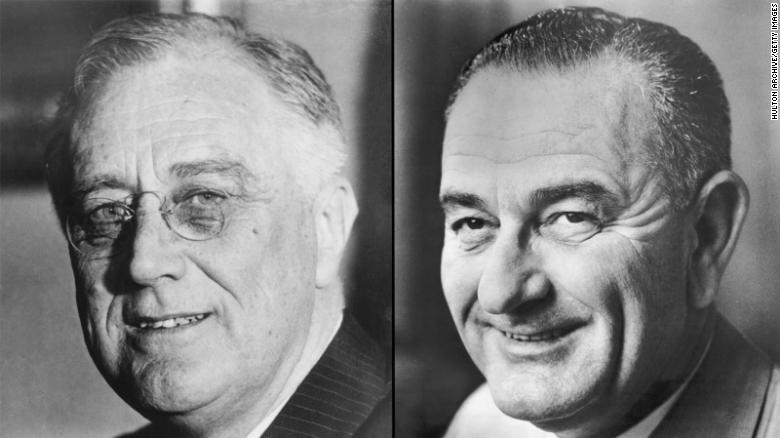On Hope
by Bryan J. Neva, Sr.
by Bryan J. Neva, Sr.
Christmas is a season of hope, but when we look at the state of our world today it's very hard to have hope. Even in our mundane lives, our frustrations can lead us to despair which squelches any hope we might have. When we see the degree of violence, anger, crime, division, dysfunction, and selfishness in our world today it's easy to lose hope. It's very hard to look at our future with any kind of expectant hope when we look at all the darkness and despair around us.
When a young, high-school graduate looks at their limited opportunities in life, it's hard for them to have hope. When a twenty or thirty-something person struggles to find a job that pays a living wage, it's hard for them to have hope. When a forty or fifty-something person struggles with the burdens of marriage, children, and a soul-crushing job, it's hard for them to have hope. When a sixty or seventy-something person struggles to make ends meet on a fixed income, it's hard for them to have hope. And when a person's health fails and they're reaching the end of their lives, it's hard for them to have hope.
Hope is like a match that ignites a candle which shines in the darkness and illuminates our way. But hope is something we simply cannot ignite within ourselves, it's actually a gift from God (I Corinthians 13:13). And this wonderful gift of hope will inspire us to look beyond whatever difficulties we are facing and trust in God that everything will eventually work out all right.
The great prophet Isaiah writing to a people who had lost hope over 700 years before Christ wrote these inspiring words (excepts from chapters 2, 11, 25):
They shall beat their swords into plowshares and their spears into pruning hooks; one nation shall not raise the sword against another, nor shall they train for war again.
Not by appearance shall he judge, nor by hearsay shall he decide, but he shall judge the poor with justice, and decide aright for the land's afflicted. He shall strike the ruthless with the rod of his mouth, and with the breath of his lips, he shall slay the wicked. Justice shall be the band around his waist, and faithfulness a belt upon his hips.
Then the wolf shall be a guest of the lamb, and the leopard shall lie down with the kid; the calf and the young lion shall browse together, with a little child to guide them. The cow and the bear shall be neighbors, together their young shall rest; the lion shall eat hay like the ox. The baby shall play by the cobra's den, and the child shall lay his hand on the adder's lair. There shall be no harm or ruin on all my holy mountain.
He will destroy death forever. The Lord God will wipe away the tears from all faces. On that day it will be said: "Behold our God, to whom we looked to save us! This is the Lord for whom we looked; let us rejoice and be glad that he has saved us!"
Not by appearance shall he judge, nor by hearsay shall he decide, but he shall judge the poor with justice, and decide aright for the land's afflicted. He shall strike the ruthless with the rod of his mouth, and with the breath of his lips, he shall slay the wicked. Justice shall be the band around his waist, and faithfulness a belt upon his hips.
Then the wolf shall be a guest of the lamb, and the leopard shall lie down with the kid; the calf and the young lion shall browse together, with a little child to guide them. The cow and the bear shall be neighbors, together their young shall rest; the lion shall eat hay like the ox. The baby shall play by the cobra's den, and the child shall lay his hand on the adder's lair. There shall be no harm or ruin on all my holy mountain.
He will destroy death forever. The Lord God will wipe away the tears from all faces. On that day it will be said: "Behold our God, to whom we looked to save us! This is the Lord for whom we looked; let us rejoice and be glad that he has saved us!"
And this is the great mystery of the Christmas season, that God sent his Son into the world in order to save humanity and give us hope beyond our futile existence.





















